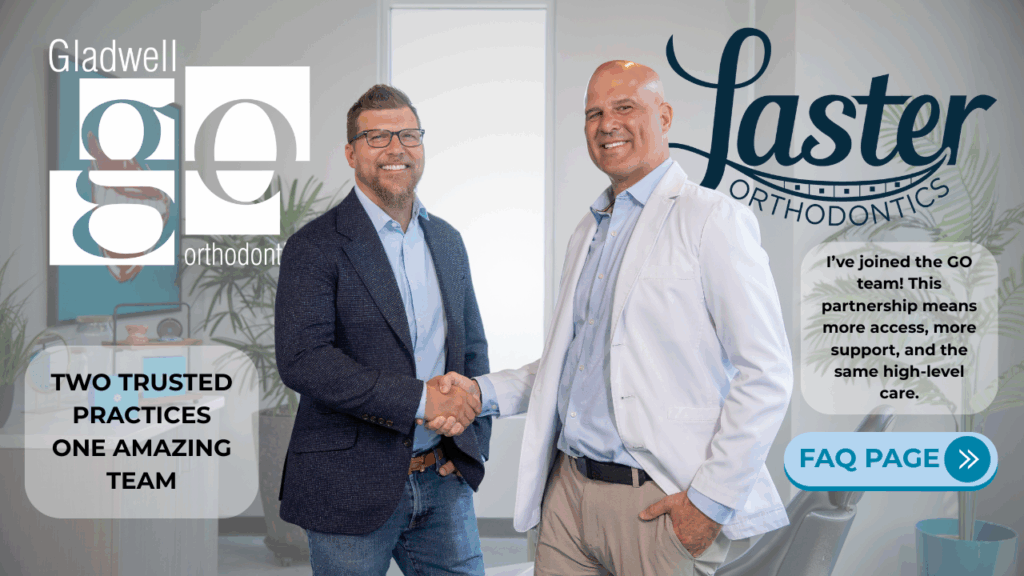According to the American Dental Association (ADA), correcting crooked teeth or a misaligned bite with braces or clear aligners, like Laster Perfect Smile, can positively impact your overall oral health.
If you’re an adult or child who is considering braces or clear aligners, you may have dental restorations, including crowns, dental implants, dental bonding, or veneers. Many patients wonder if these dental restorations will affect or prevent their orthodontic treatment.
Common Dental Restorations
The most common dental restorations our patients have that may or may not affect their ability to receive orthodontic treatment include:
- Crowns — Crowns, most commonly made from resin or porcelain, cover the tooth to restore its size, shape, and strength.
- Veneers — Veneers are thin, tooth-colored shell covers the dentist adheres to your teeth to provide your teeth with a classically shaped look.
- Dental Bonding — Bonding is where the dentist applies a tooth-colored plastic (composite resin) to repair a chipped, decayed, discolored, or fractured tooth.
- Dental Implants — Dental implants are metal posts that act as your missing tooth root. They’re placed into your jaw bone surgically and then affixed with a crown to create a natural appearance.
Crowns and Orthodontics
Crowns are a common dental restoration for those with weak enamel or chipped teeth. Some patients are concerned with the durability of crowns when it comes to shifting teeth from braces and clear aligners.
Crowns with Braces or Aligners
If you have crowns already from earlier dental treatment, but you are now looking to straighten your teeth, you’re probably wondering if you can have braces when you already have crowns. The answer is yes — you can still have braces or clear aligners. With traditional metal braces, the dentist will simply adhere the brackets to the crowns with a different form of adhesive than they would with your natural teeth.
If your crown is sound and healthy, then having orthodontic treatment done won’t damage the crown. Your orthodontist will likely use precise techniques to attach the bracket to your crown and will then remove the brace carefully after treatment from the crown to prevent any damage to the crown.
A great option for individuals looking to have braces when they have crowns is Laster Perfect Smile. If you want a more discreet orthodontic experience, clear aligners are the perfect solution for your orthodontic needs, especially with crowns.
Veneers and Orthodontics
Veneers are a permanent solution for stained, misshaped, chipped, or crooked teeth. However, there are patients with veneers who seek out orthodontic treatment to correct their overall smile and bite.
Veneers with Braces or Aligners
If you have veneers but your teeth have shifted or you want to correct an overbite or other misalignments, then clear aligners are the best solution for straightening and correcting your teeth. While not in every case, connecting the brackets used with braces to your veneers can damage the porcelain veneer surface. The adhesive that holds the brackets in place might also leave a rough spot on your veneer when removing your braces.
Do take note, however, that this doesn’t completely disqualify orthodontic treatment if you have veneers. Your orthodontist will be able to assess your current smile and help you decide if braces or clear aligners are the best choice for your orthodontic needs.
Dental Bonding and Orthodontics
Dental bonding is often used to repair chipped teeth or small tooth gaps. Because dental bonding is not a permanent dental restoration made of semi-fragile material, you will need to consult your orthodontist for orthodontic treatment with dental bonding.
Dental Bonding with Braces or Aligners
It is a possibility that your dental bonding will come off when your orthodontist goes to take off your braces due to the adhesive used with metal and ceramic braces. But, if your orthodontist knows your teeth have dental bonding, they can take extra precautions to make sure this doesn’t happen as there are a few methods available for taking braces off without harming the dental bonding. Most patients want to replace their dental bonding after wearing braces because the resin may have changed color due to common staining that occurs for braces patients.
On the other hand, dental bonding is typically a safe choice for those seeking aligner therapy because of the lack of adhesives and appliances.
Dental Implants and Orthodontics
Dental implants are comprised of a screw, abutment, and crown fixture to replace missing teeth. As you age, your teeth crowd more towards the front of your mouth naturally. This means your implant might start looking out of place over time, or you may have crooked teeth or a misaligned bite you want to correct with orthodontic treatment. Because dental implants are considered a permanent dental restoration, many question if they can receive orthodontic treatment with a dental implant.
Dental Implants with Braces or Aligners
If you need both braces or aligners and dental implants, then it is usually recommended to get braces first. This is because implants can’t move after they are fixed into the jaw.
However, sometimes with specific patient needs, it might make more sense to have your dentist place your implants before beginning your orthodontic treatment. If the teeth that surround the implant aren’t targeted for braces, it’s considered safe in most cases to place your implant before braces. Occasionally, implants are used as an anchor point to allow the appropriate forces to be applied for re-positioning your other teeth. With aligners, your dental implant will still not shift during your treatment. This means your aligner therapy treatment plan should take into account your dental implant.
When it comes to questioning if you can have braces or aligners with dental implants, the answer is both yes and no, depending on your situation. Your orthodontist and dentist will be able to assess your specific dental and orthodontic needs to determine if braces or aligners are right for you, and what steps should be taken to get you a perfect smile.
Orthodontic treatment with braces or aligners is possible with a variety of dental restorations. If you have a dental restoration, the most important step in your perfect smile journey is choosing an orthodontist who has experience working with patients who have crowns, veneers, dental bonding, and dental implants.
At Laster Orthodontics, we help families develop healthy, life-changing smiles using customized treatments, cutting-edge technologies, and caring relationships. Our individualized treatment plans help our patients achieve their perfect smile in the quickest, most painless way possible by utilizing a wide range of options from traditional braces to Propel accelerated treatment to Dr. Laster’s in-house aligner program, Laster Perfect Smile. With three locations throughout the Triangle Area, we create life-changing smiles every day.

.jpeg)
